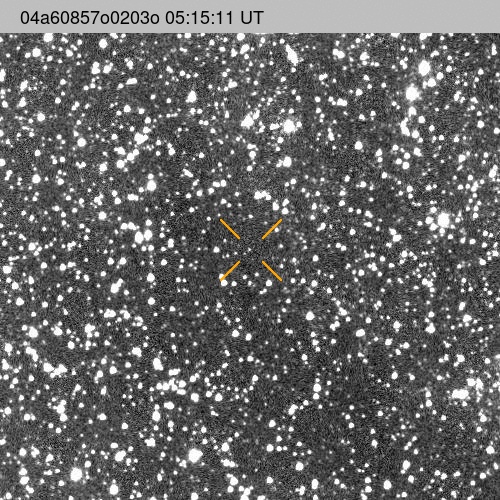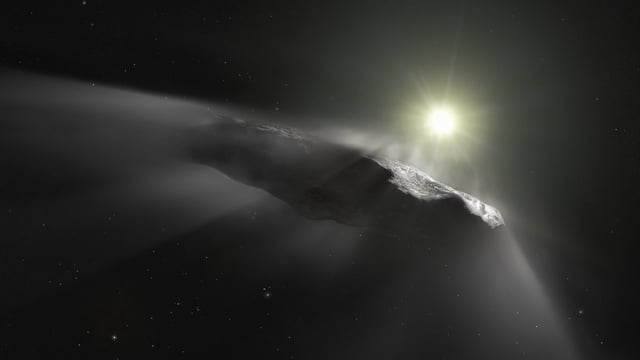Overview
- 3I/ATLAS was detected on July 1 by the ATLAS survey in Chile with follow-up observations traced back to June 14, and its hyperbolic trajectory from the Sagittarius direction confirms an origin beyond our solar system
- It is currently moving between the asteroid belt and Jupiter at over 137,000 mph and remains at a safe distance from Earth
- The comet will reach perihelion just inside Mars’s orbit at about 1.4 AU on October 30 before receding back into interstellar space
- Despite its faint 18th-magnitude glow, 3I/ATLAS could brighten to around 11th magnitude near perihelion, making it visible to mid-sized telescopes
- The European Space Agency’s Comet Interceptor mission, set for a 2029 launch, aims to apply lessons from 3I/ATLAS to rendezvous with a future comet or interstellar visitor


